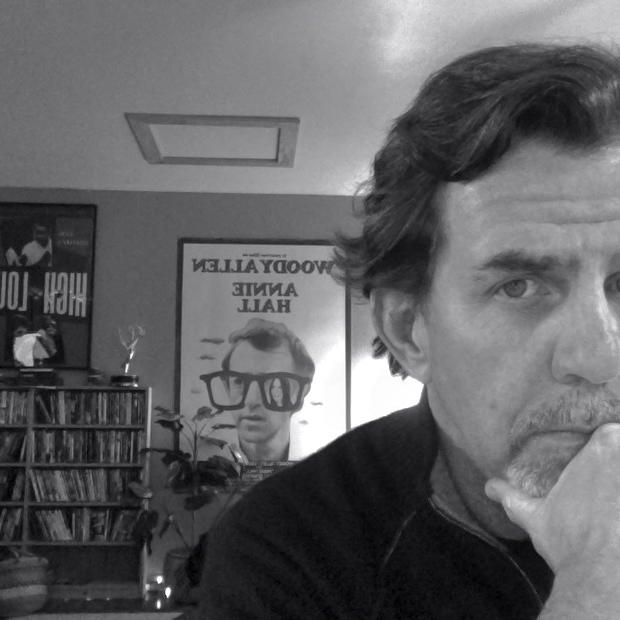Fabian, the protagonist in the grave and beautiful Filipino film, Norte, the End of History, is a privileged snob. He enjoys pontificating about the death of truth and meaning to his friends and former law professors. His nihilistic rhetoric espouses anarchy and revolution, a rejection of society and history that a professor warns is dangerous. “Absolutism is immoral,” the teacher proclaims, as he and a colleague attempt to lure Fabian back to finish his law degree.
Fabian may have been a brilliant student, but he’s a lazy and frustrated subversive. He earns a meager wage working in a café and is in debt to the local moneylender, an obese woman who is the loan shark of the whole neighborhood. In a tragically misguided effort to wage insurrection against the oppressors, Fabian commits a horrible double murder. The crime consigns another man to prison, his family to poverty and Fabian to a wretched new life of insurmountable guilt.
Norte, directed and co-written by Lav Diaz, is loosely inspired by Dostoyevsky’s Crime and Punishment. (The film plays for one week, Nov. 14-20, at the Northwest Film Forum.) Fabian (Sid Lucero) is his Raskolnikov, a man who in a pathetic attempt to strike a blow for the underclass (even though he has all the advantages he could ask for), is undone by his own actions.
Set in the Philippines’ northern province of Ilocos Norte, and constructed as a series of long, achingly wrought scenes of isolation, despair and frighteningly random violence (much of it out of frame or, at least, hidden from view), the picture is embroidered with an exotic lull of sound and light. Its pace is gentle and rhythmic, even calming. But the course of events is implacably grim.
Joaquin (Archie Alemania) and his wife, Eliza (Angeli Bayani), are also in debt to the local moneylender. A regrettable encounter leads to Joaquin being falsely accused of the crime Fabian commits. He is imprisoned for life and his wife, two kids and an aunt are left to eke out an existence selling vegetables from a cart.
Joaquin copes by being a good man, a model prisoner, an “angel,” says a fellow convict. Meanwhile, Fabian is also imprisoned, by an all-consuming shame. His attempts at redemption take him on a journey to a new job, a born-again Christian therapy group and a pawn shop where the money he receives is then given away in a wasted plea for absolution. But Fabian’s destiny is already written, as is Joaquin’s and Eliza’s. It’s not giving anything away to suggest that happy endings are in short supply in this film.
Diaz’s vision with Norte, the End of History is akin to the humanist work of the great Japanese master, Kenji Mizoguchi, whose films depicted the monstrous inequality and cruel twists of fate that left families in tatters and dreams destroyed. Diaz’s camera also glides like Mizoguchi’s, urging the story along through deep-focused, wide angle compositions, revealing, with subtle turns in angle, the surprising intersections of characters and meaning. And, again like Mizoguchi, Diaz startles with images of exquisite beauty. Joaquin’s family gazes across a bay at a brush fire; sunlit shadows dance on a prison curtain; an inmate serenades his fellow convicts with a lullaby.
At times, Diaz’s pace is too languorous, his connections too fuzzy. But rather than testing our patience, Diaz invites our attention. He may dawdle here and there — the film is four hours long — but the rewards for our endurance are worth it.
The inequities of the world have long since ceased to shock us. The sour calculus dividing the haves from the have-nots is experienced by too many people in too many places to function as the thesis for any film. So Diaz explores the more challenging equation of a man tortured by his own complacent status as member of the educated elite. Without an ax to grind, he invents one: the dissolution of history, the eradication of laws, the end to everything. But the result of his one-man revolution, corrupted at the outset by his self-pity, is not an end to the past, but an end to the future.

A scene from Norte, The End of History Photo via The Restless Critic
This review first appeared on The Restless Critic blog.

